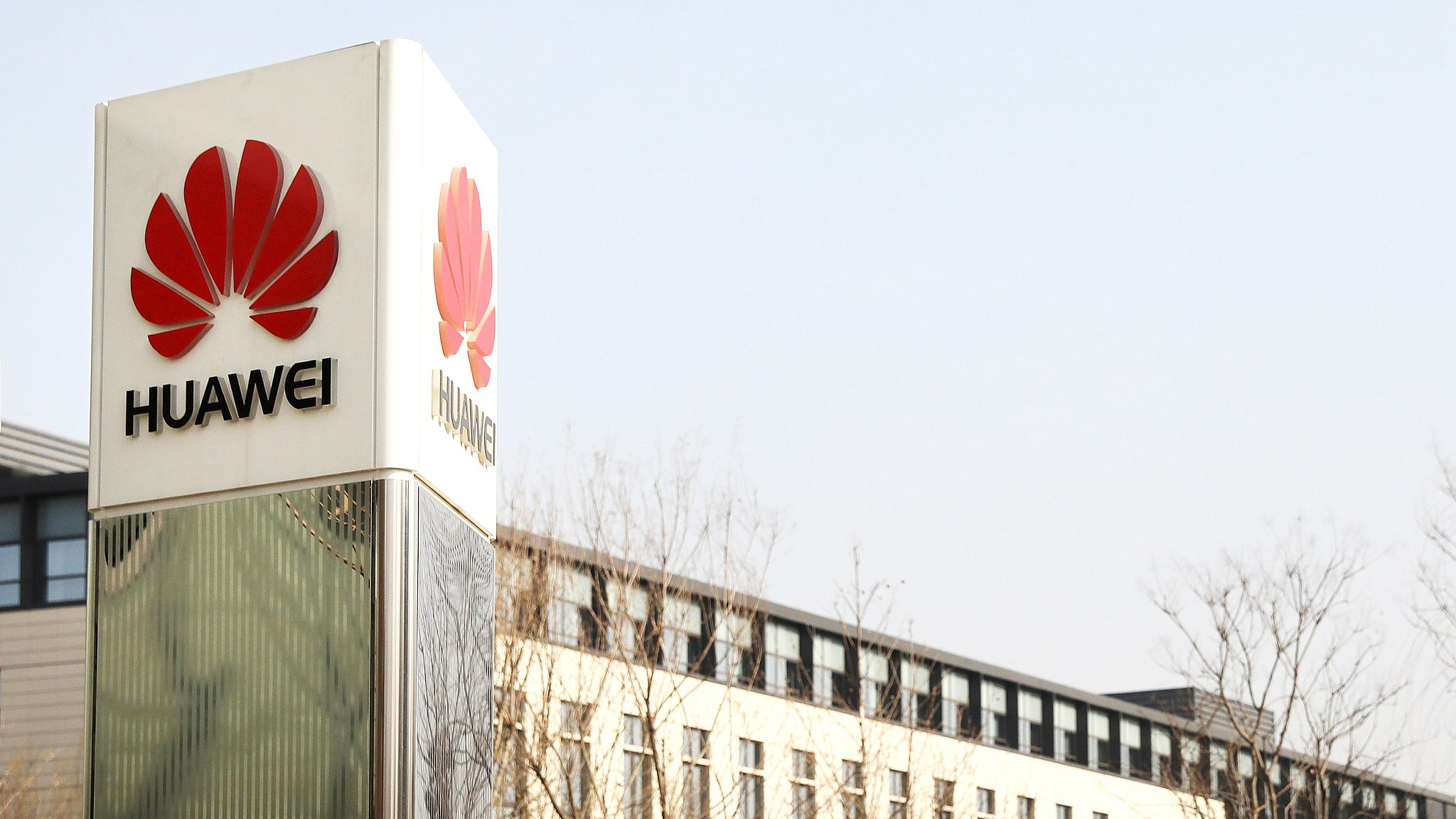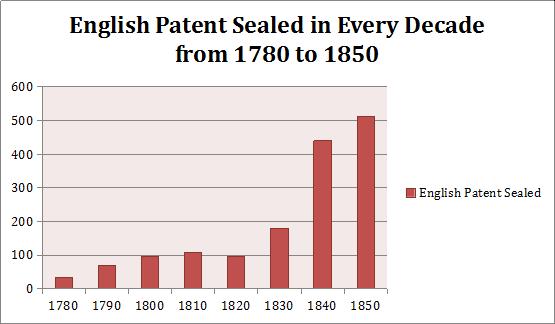
Opinions
14:06, 12-Jan-2019
Opinion: Huawei proves its status as major tech company with its patents
Updated
13:53, 15-Jan-2019
Zhang Nan

Editor's note: Dr. Zhang Nan is a researcher at the College of Comparative Law, China University of Political Science and Law. The article reflects the author's opinion, and not necessarily the views of CGTN.
A recent survey showed that China is the only country whose enterprises' granted patents increased last year in the U.S. and the country's Huawei and BOE Technology were among the top players.
Having spent the last 40 years of learning and adopting an intellectual property system, Chinese patent applicants have started to file massively both domestically and internationally.
This phenomenon echoes with my observation that patent filings raise along with booming industrial revolutions.
Let us start by walking back to Victorian England between 1780 to 1850. Professor Harold Dutton demonstrated the precise amount of patents granted during this time in his 1984 book The Patent System and Inventive Activity during the Industrial Revolution 1750 to 1852.
In 1780, only 33 patents were granted, but by 1830, the number increased to 180. By 1850, granted patents tripled as 513 were granted that calendar year.

Patent files in a cabinet in an office. /VCG Photo
Patent files in a cabinet in an office. /VCG Photo
This period was regarded as the starting of urbanization, with nearly 41 percent of England urbanized by 1850. Many in the countryside rushed into urban areas and mega cities were formed. New machines were used and new social groups, such as industrialists, emerged.
As we all know, the patent system is a trade-off: Patent applicants accept the disclosure of their innovative technology in exchange for a certain duration of exclusive right and protection.
In this chart, we can see that industrialists, as patent right holders, were very willing to seek more and more protection during the booming of the British Industrial Revolution.

CGTN Photo
CGTN Photo
Now the camera returns to the present. Similar patterns in patent filing and granting have occurred. The major difference is that industries such as AI, Robotics, FinTech and telecommunication have replaced traditional industries of textile, steam power and iron forging.
148,000 foreign applications were received by the China National Intellectual Property Administration in 2018, an increase of 9.1 percent from the figures in 2017.
Also there were 58 Chinese companies that submitted more than 100 PCT applications in 2018. We can see the member of licencors in technology and science will be more dynamic and more cross licensing of parent rights is likely to occur in the near future.
In the chain of global manufacture, helping each other and cross licensing might be the wisest option for technological companies to grow stronger. As Confucius reminded us 2,000 years ago in his book The Confucian Analects: “When we see men of worth, we should think of equaling them” instead of feeling jealous and hostile.
The recent case of Tesla setting up a new factory in Shanghai is a good example of continuous cooperation and trust between Chinese and American people, even when the environment is chilly.
Humans, by our nature, love the warmth of creativity and prosperity. We flourish when we are challenged and learn from history.
As China rides the waves of the 4th industrial revolution, we look back over our shoulders to see the echoes of previous industrial revolutions and can see similarities in how patent systems have developed over time.
(If you want to contribute and have specific expertise, contact us at opinions@cgtn.com.)

SITEMAP
Copyright © 2018 CGTN. Beijing ICP prepared NO.16065310-3
Copyright © 2018 CGTN. Beijing ICP prepared NO.16065310-3